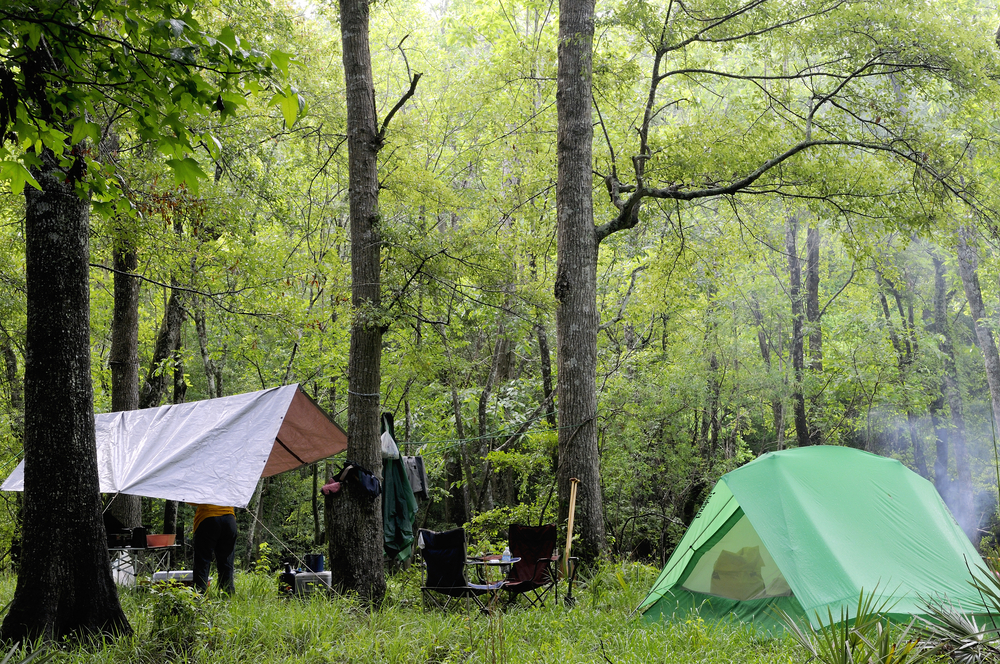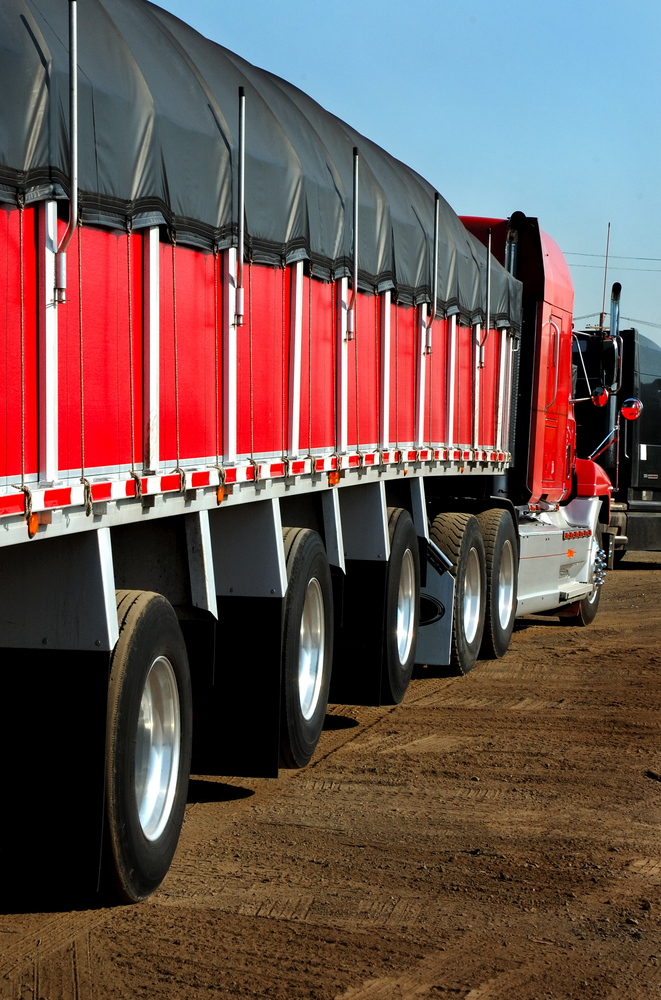Polyethylene Tarps
If you like to go camping on a regular basis, or need to protect something from the elements such as firewood, then you’ll want to consider purchasing a polyethylene tarpaulin. Better known as a poly tarp, a polyethylene tarpaulin has a variety of uses for protecting yourself, tools, or other items from moisture damage.
Polyethylene was first discovered by a German scientist in 1898 by accident. The production of polyethylene was further refined by English scientists a few years later. The realized value of such a substance (both practical and monetary) caused polyethylene to be manufactured in earnest. Since that time the process for producing products made with polyethylene has grown in to a billion dollar industry. Today everything from the housing for electric cables to grocery bags at your local grocery store contains some form of polyethylene. The use of polyethylene in tarps makes the tarp strong, rot resistant, and when laminated, waterproof. | Most people have used, or at least seen, blue poly tarps at some point in their lives. If you are the outdoors type, you have probably packed a blue poly tarp for use on a camping trip. They are a great way to create a temporary shelter against the rain while you’re out hiking or you can use them for under your tent to act as a moisture barrier. If you work in the construction industry, you’ve probably used heavy duty tarps to protect building materials you weren’t able to move inside. If you own or operate a farm you have probably come across something called a hay tarp.
Hay tarps are the agricultural specific version of the blue poly tarp. They are more heavy duty than the poly tarp, and are much larger as well. The hay tarp protects your hay from mold build up so your livestock is protected from harmful toxins. It also helps to control heat buildup under the tarp, while at the same time protecting your hay from the sun. Most hay tarps come with strapping, ratchets, and anchors to help you secure your tarp against heavy wind and rain. No matter what you use a polyethylene tarpaulin for, you can have the peace of mind of knowing that what you are trying to protect will be protected. A poly tarp’s ability to withstand constant use and the worst weather make it a trust worthy product. From protecting valuable assets like feed for livestock to protecting firewood; a polyethylene tarp will get the job done for you. |
Get the Most Out of Your Hay!
When you've invested so much time, energy, crop space, and money into growing and harvesting hay, you don't want to skimp on the post-harvest storage. Careless hay bale storage could result in ruining a large portion of the harvest, resulting in lost money and hungry animals.
Keeping your hay in a barn is ideal if you have the space. Giving your harvest the shelter that a barn provides will help increase the lifespan of the hay.
Unfortunately, while a barn is better than the alternatives, diligence still needs to be observed. Roof leaks can still let water inside, which will have a negative effect on the hay, especially if the hay is below the leak. Rodents and other pests will still be a problem in a barn, though can be mitigated through use of cats.
Many farms, however, don't have the barn space to store their hay. They are left having to store it outside. With some simple steps, you can minimize the negative impact from water and sun exposure. |
As with any plant, harvesting starts the degradation process in hay. Encroaching water can result in mold within the hay. And moldy hay will not be eaten by the animals it is meant for.
To limit the degradation in outside storage, provide a barrier between the ground and the hay. Some farms lay down gravel, others utilize rows of wooden pallets. Either way, the goal should be to minimize contact with water, making blue poly tarps a bad idea since water will collect.
However, hay tarps can—and should—be utilized on top of the hay. It is the best way to protect your hay from incoming rain. Pile your hay bales in a pyramid shape on top of whatever surface you're using. Draping a blue poly tarp on top of your hay pyramid also protects your hay from damaging sunshine.
Get a big enough poly tarp to cover as much of the exposed hay as possible. Use multiple tarps if you have to. To secure your hay tarp, get rubber tarp straps to loop into the tarp's holes. Attach the straps to either a cinder block, or some other kind of secured anchor.
With your crops protected, you can sleep securely with the knowledge that you've done everything you can to protect your harvest. While no solution is a guaranteed crop-saver, taking proper steps to minimize contact of your hay harvest with damaging elements greatly increases the amount of undamaged hay. |

